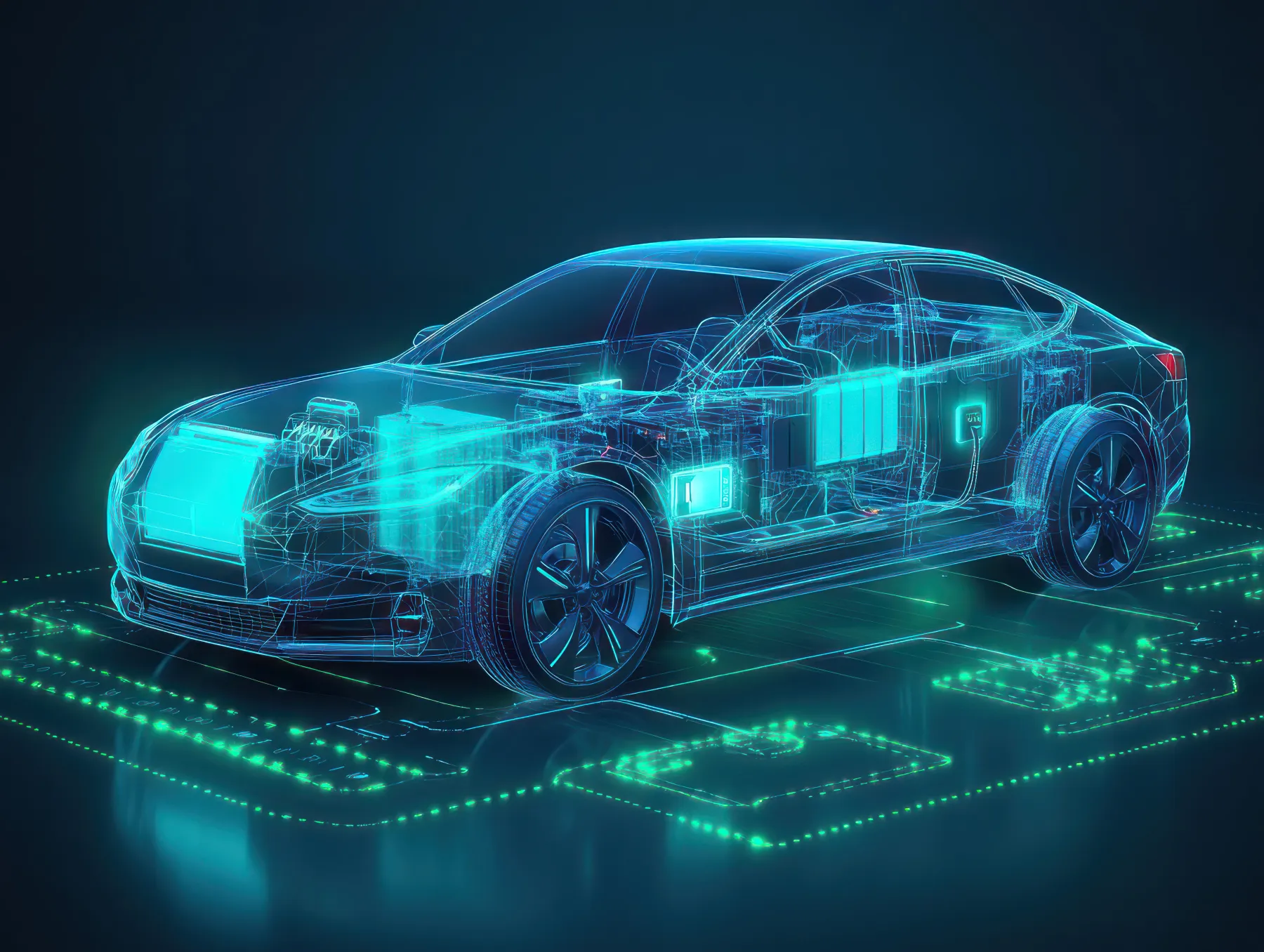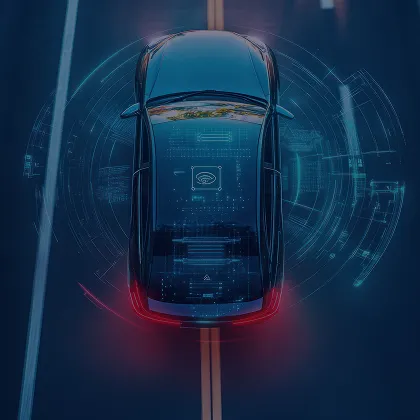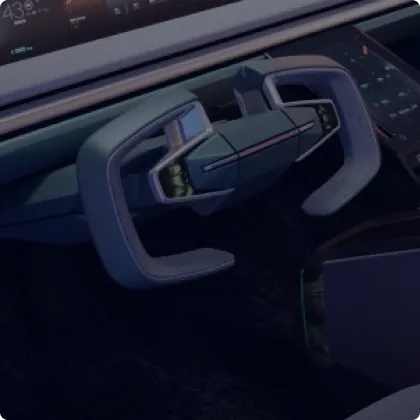From Domains to Zones
With growing demands for connectivity, comfort, and electrification, vehicle electronics are undergoing a major transformation — moving from a traditional domain-based architecture to a more flexible and streamlined zonal approach. This shift reduces wiring space while unlocking new possibilities for innovation.
Centralizing functions with the CDC
Transitioning to unified computing platforms with the ACM
HPC and zonal modules: architecture of the future
IPDM: an “in-between” supportive device
New data, new possibilities: the future of service oriented vehicles
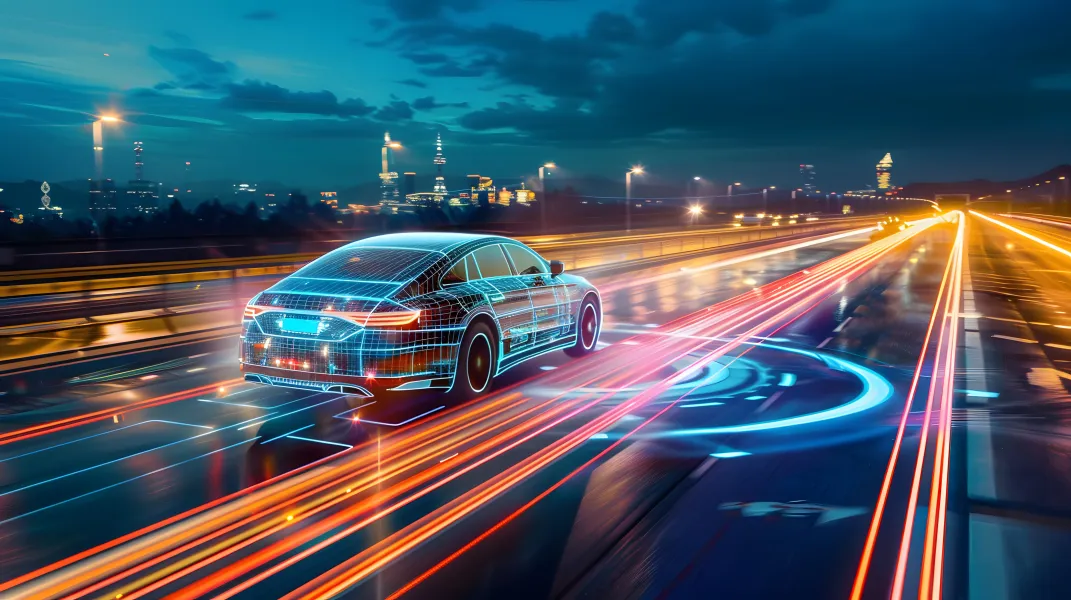
Our industry leading expertise
Driving the shift to software-defined vehicles
FORVIA supports the shift to Software-Defined Vehicles across the entire value chain—from E/E architecture development to diagnostics and services. Our wide range of technologies helps OEMs manage this transformation with agile, future-ready solutions.
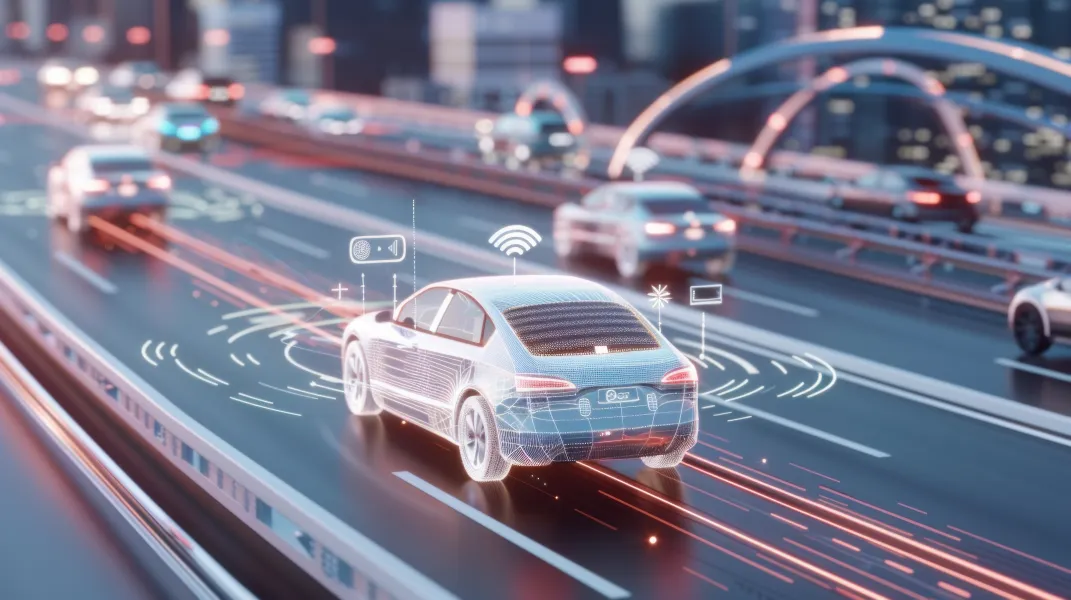
Our featured technologies
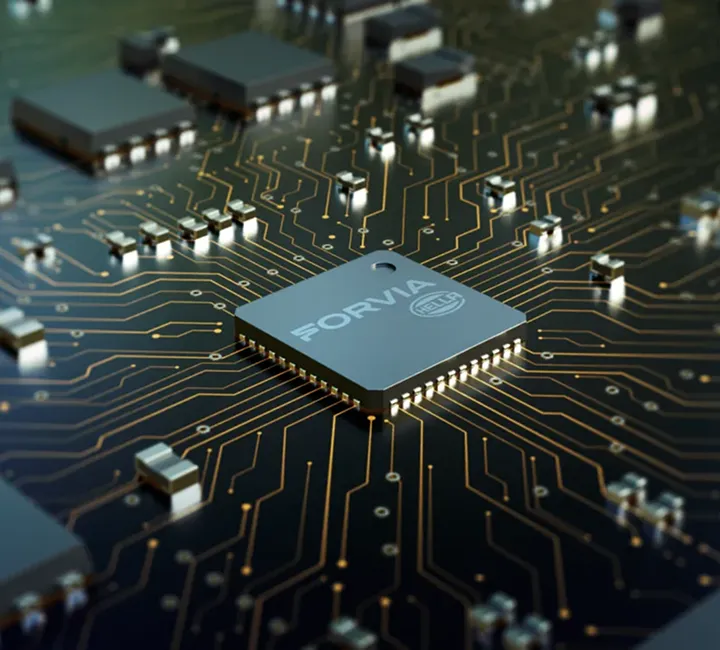
IconF e-Fuse
IconF e-Fuse
Based on +30 years of experience, FORVIA HELLA’s iConF eFuse moves beyond cable protection to smart energy distribution. With AI-based predictive maintenance and digital twins, it ensures fail-operational performance. Integrated in ECUs, it cuts wiring by up to 30%, boosting space, weight, and system efficiency.

Appning
Appning
FORVIA’s app marketplace blends “app” and “happening” to reflect leadership in connected mobility. With 200+ apps, including Microsoft Teams, it offers OEMs secure, customizable infotainment and developers easy market access. Already number 1 in the white-label market apps, it targets 20% market share by 2025 with seamless, scalable integration.
